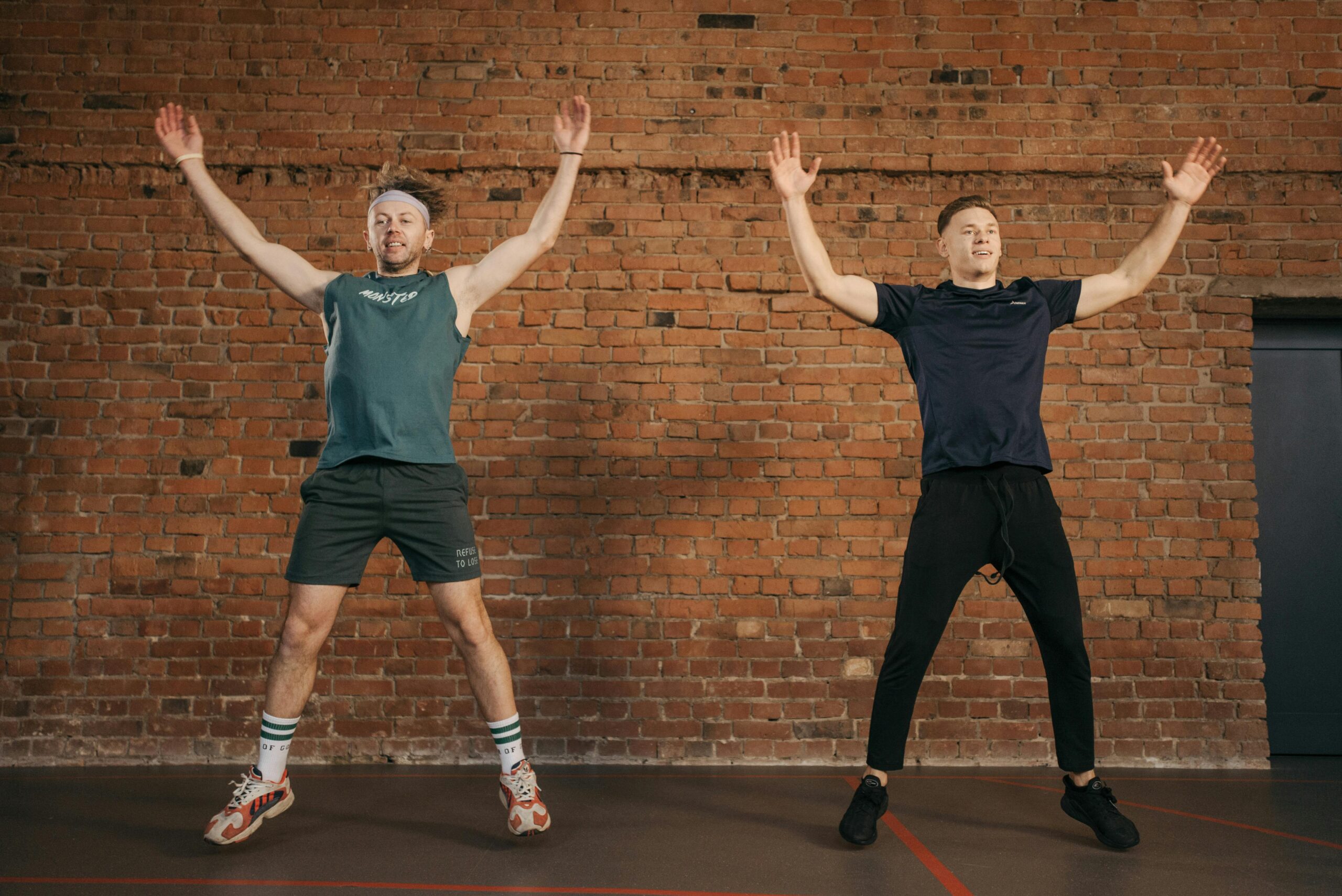The Ultimate Guide to a Weighted Calisthenics Program: Boost Your Strength with Body Weight Beast
Are you ready to take your bodyweight training to the next level? A A Weighted calisthenics program might be exactly what you need. Whether you’re a seasoned calisthenics athlete or just looking to add some extra resistance to your bodyweight exercises, incorporating weights into your routine can help you build muscle, improve strength, and accelerate progress.
In this guide, we’ll dive into everything you need to know about starting a weighted calisthenics program, the benefits, the exercises, and how to set up the perfect routine.
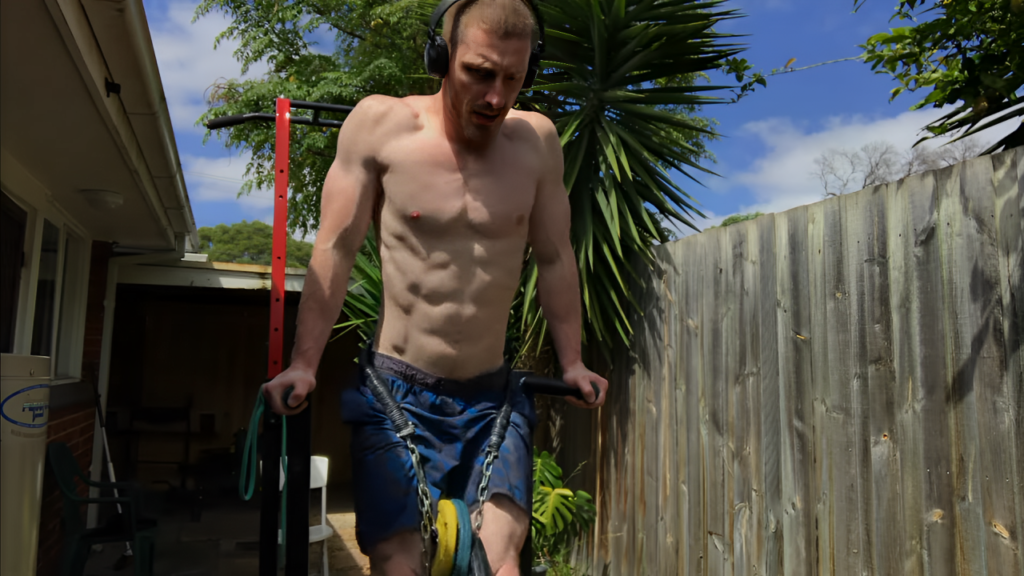
What Is a Weighted Calisthenics Program?
A weighted calisthenics program involves adding external resistance to classic bodyweight exercises like pull-ups, dips, push-ups, and squats. By increasing the load, your muscles have to work harder, which leads to more significant strength gains, muscle growth, and endurance improvements.
Instead of relying solely on your body weight, you can add tools like weight vests, dip belts, ankle weights, or even dumbbells to push your muscles beyond their usual limits.
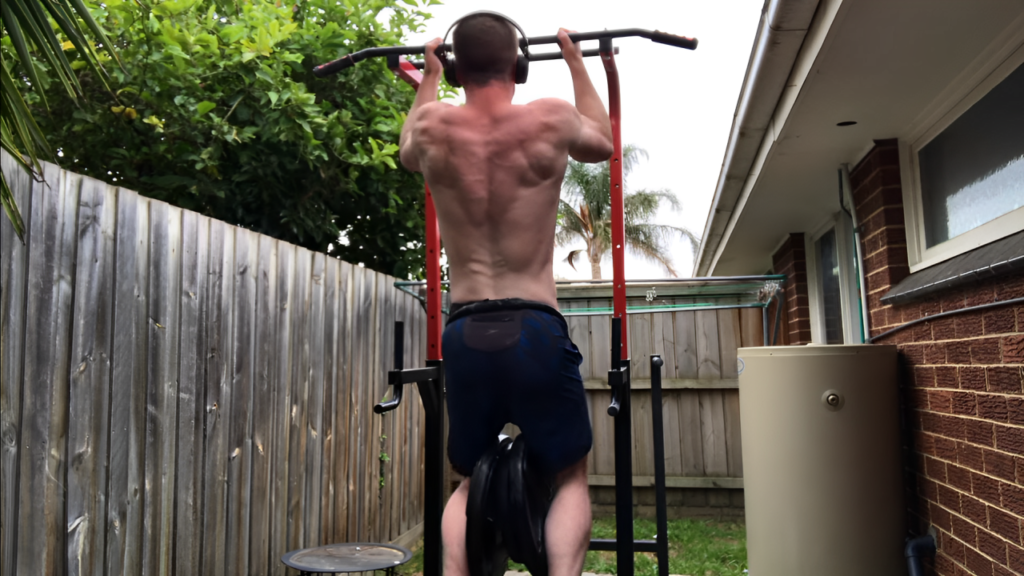
Why You Should Start a Weighted Calisthenics Program
Weighted calisthenics offer numerous benefits, making it a great addition to your fitness regimen, especially if you’ve already mastered standard bodyweight exercises.
1. Build Muscle and Strength Faster
Adding weights to exercises like pull-ups and dips forces your muscles to adapt to heavier loads, leading to faster muscle growth and increased strength. Unlike traditional strength training with machines or free weights, weighted calisthenics also improves your balance, coordination, and flexibility.
2. Break Through Plateaus
If you’ve been doing calisthenics for a while, you might hit a plateau where your progress slows down. A weighted calisthenics program adds variety and challenges your body in new ways, helping you push past those sticking points and continue building muscle.
3. Increase Core Stability
When you add weight to bodyweight exercises, your core is automatically engaged to stabilize the extra resistance. This means that along with building upper and lower body strength, you’ll also be improving your core stability, which is crucial for almost every movement.
4. Enhanced Endurance
By progressively increasing the weight, your muscles learn to endure more resistance over time. This not only helps build strength but also improves muscle endurance, allowing you to perform more reps with ease in the future.
If you’re ready to start, make sure you have the right gear.
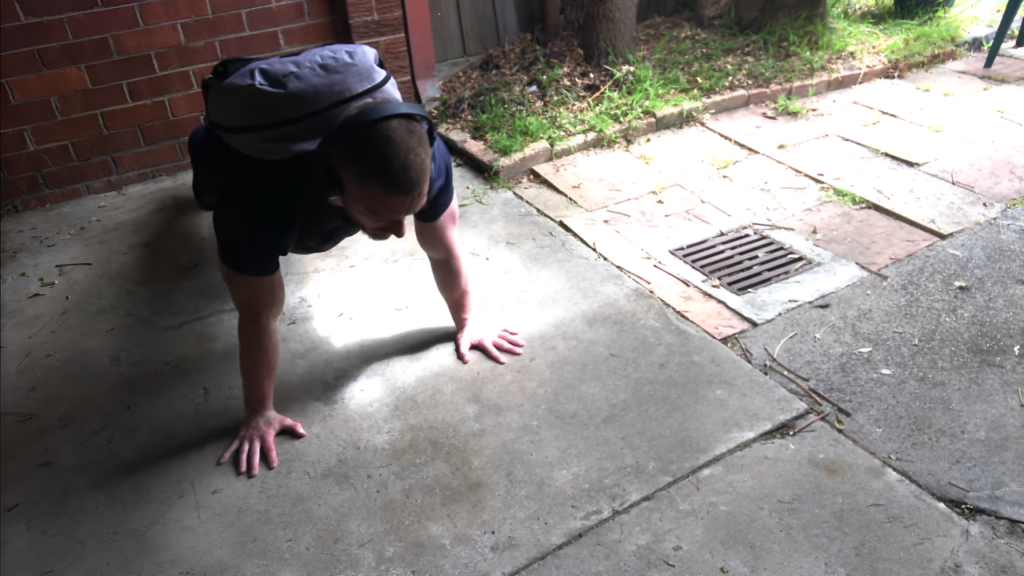
Essential Exercises for a Weighted Calisthenics Program
Now that you understand the benefits of a weighted calisthenics program, let’s explore some of the essential exercises you can include in your routine.
1. Weighted Pull-Ups
Pull-ups are one of the most effective upper-body exercises in calisthenics. By adding weight (with a dip belt, weight vest, or holding a dumbbell between your legs), you increase the intensity, focusing on your lats, biceps, and shoulders. Start with a manageable weight and increase it gradually as you get stronger.
2. Weighted Dips
Weighted dips are fantastic for building your chest, triceps, and shoulders. Using a dip belt or a weight vest, you can increase the resistance and target these muscle groups more effectively. Make sure to use proper form—keeping your chest up and shoulders back—to avoid injury.
3. Weighted Push-Ups
If regular push-ups are too easy for you, try adding weight. You can use a weighted vest or place a weight plate on your back for an added challenge. Weighted push-ups engage your chest, triceps, and shoulders while also improving core stability.
4. Weighted Squats
Squats are a great lower-body exercise, and adding weight can increase the challenge for your quads, hamstrings, and glutes. You can use a weight vest or hold a dumbbell in each hand while squatting. As always, proper form is key—ensure your knees don’t cave in, and squat as low as you can with control.
5. Weighted Lunges
Lunges are an excellent way to target your legs and glutes, and adding weight increases the intensity. You can perform weighted lunges by holding dumbbells or wearing a weight vest. This exercise also improves your balance and coordination, making it a fantastic addition to any weighted calisthenics program.

Setting Up Your Weighted Calisthenics Program
Creating a balanced weighted calisthenics program involves choosing the right exercises, setting up a solid routine, and progressively adding weight to challenge your muscles. Here’s how to get started:
1. Start with the Basics
If you’re new to weighted calisthenics, it’s important to master the basics before adding extra weight. Ensure you can comfortably perform exercises like pull-ups, dips, and squats with perfect form. This will help prevent injuries when you add weight to the movements.
2. Select Your Equipment
To start your weighted calisthenics program, you’ll need the right gear. Weight vests, dip belts, ankle weights, and dumbbells are all great options for adding resistance.
3. Choose Your Exercises
Pick a combination of upper-body and lower-body exercises for a balanced routine. Aim to target all major muscle groups with movements like weighted pull-ups, dips, squats, and push-ups.
4. Progress Gradually
Don’t rush into adding too much weight too quickly. Start with lighter weights and increase the resistance gradually as your strength improves. This will help you avoid injuries and build strength progressively.
5. Focus on Reps and Sets
To build muscle, aim for 3-4 sets of 6-12 reps for each exercise. If you’re focusing on strength, you can lower the reps and increase the weight. Adjust your sets and reps based on your goals, whether you’re looking for muscle growth, strength, or endurance.
6. Incorporate Rest Days
Your muscles need time to recover, especially when working with added weight. Ensure you’re incorporating enough rest days into your routine to allow your body to rebuild stronger
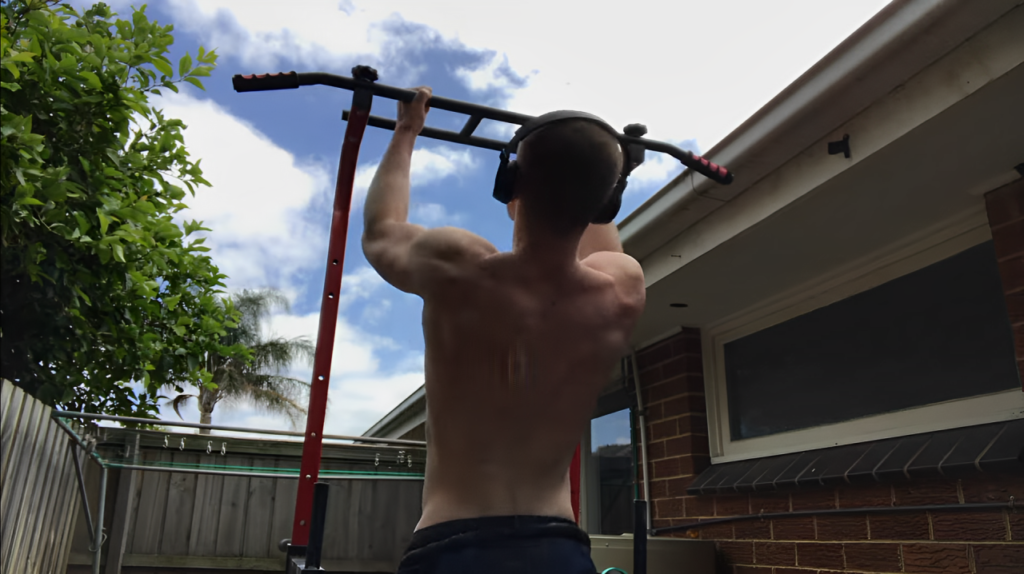
Frequently Asked Questions About Weighted Calisthenics
Q: Can beginners start a weighted calisthenics program?
A: While it’s best for beginners to master bodyweight exercises first, you can gradually incorporate light weights into your routine once you’re comfortable with the basics. Be sure to focus on form before adding too much resistance.
Q: What equipment do I need for a weighted calisthenics program?
A: Common equipment includes weight vests, dip belts, dumbbells, and resistance bands.
Q: How often should I do weighted calisthenics?
A: Like any workout routine, it’s important to allow your muscles time to recover. Aim for 3-4 times a week, with rest days in between. This will give your body time to repair and grow stronger.
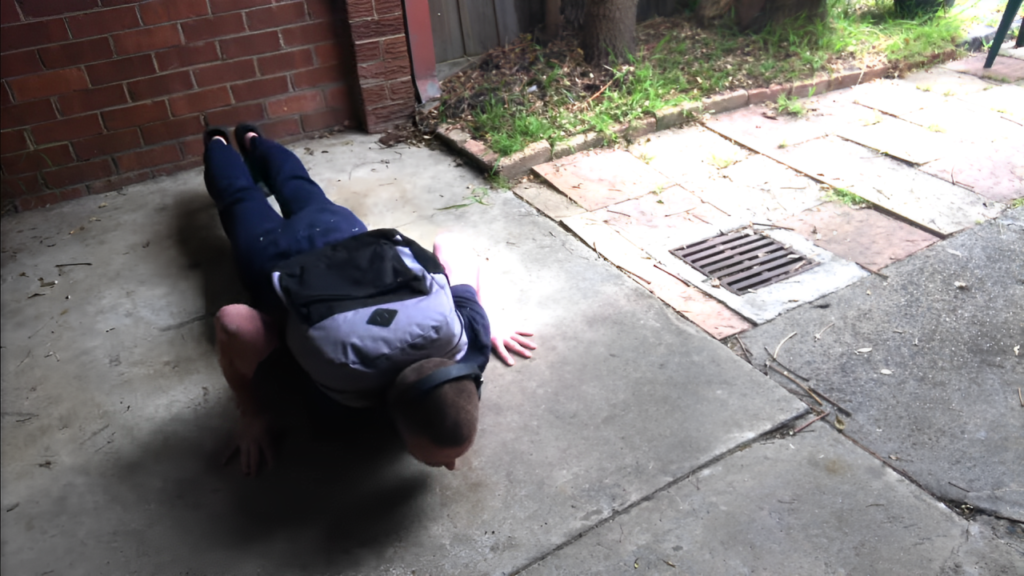
Conclusion – Why a Weighted Calisthenics Program Can Help You Reach Your Fitness Goals
A weighted calisthenics program is an excellent way to boost your strength, build muscle, and break through plateaus in your bodyweight training. By gradually adding resistance to traditional calisthenics exercises, you’ll challenge your muscles in new ways and see faster results.
Whether you’re looking to improve your pull-up numbers, build a stronger chest, or increase your leg power, adding weight to your routine is a game-changer.
Now, it’s time to take your bodyweight workouts to the next level and become the ultimate Body Weight Beast!



